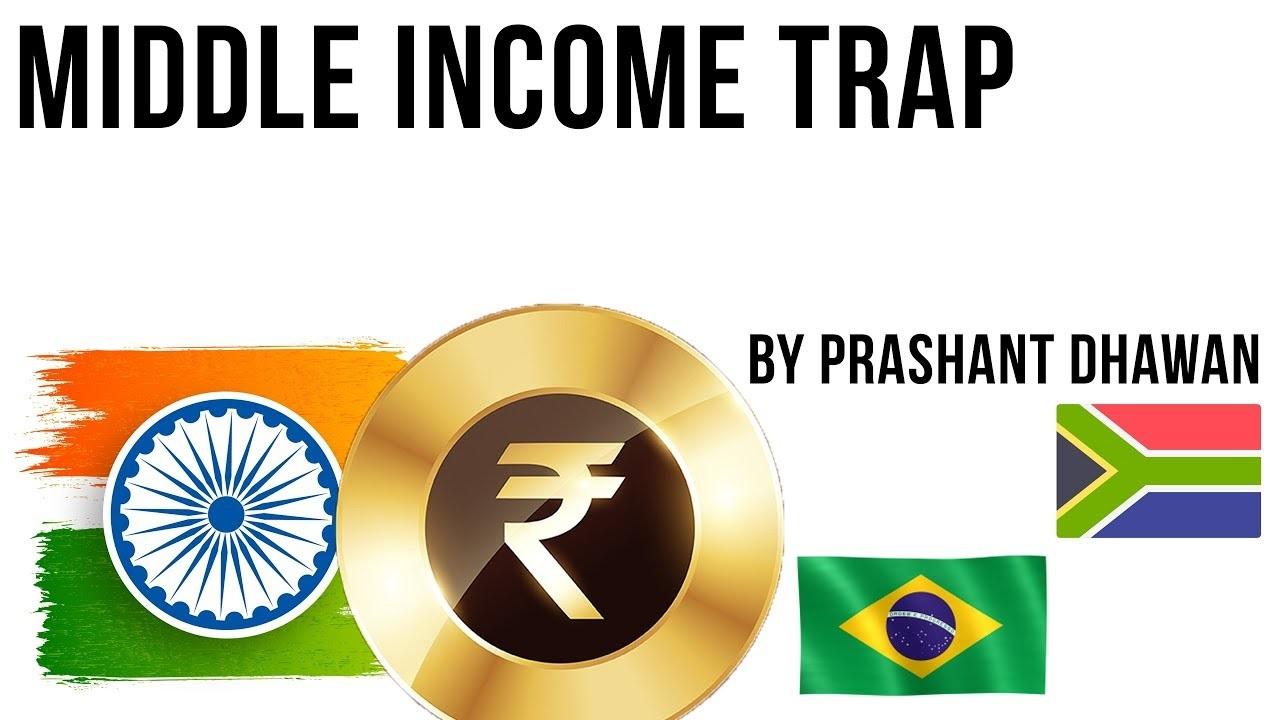Table of Contents
WHAT JUST HAPPENED?
- India faces a structural slowdown and is heading for a certain middle-income trap, said Rathin Roy, member of Prime Minister Narendra Modi’s Economic Advisory Council (PMEAC) and Director of National Institute of Public Finance and Policy
ECONOMIC ADVISORY COUNCIL
- Economic Advisory Council to the Prime Minister (PMEAC) is a non-constitutional, non-permanent and independent body constituted to give economic advice to the Government of India, specifically the Prime Minister.
- Bibek Debroy is the current chairman of the current EAC (2019 may month)
BIBEK DEBROY

RATHIN ROY
- This prediction, by a member of the government’s top think-tank, has added to the fears that a prolonged slowdown is likely to grip the economy.
- India may end up as a basket case, much like Brazil, instead of becoming another China.

- In simple words, this is the story of you and me–the middleincome groups in the country–about how much money we used to spend before to purchase goods and services, how much are we paying now and whether this momentum will continue in the future.
- In a broader sense, it is a scenario where middle-income groups in an economy who have been shouldering the domestic consumption story so far by purchasing cars, automobiles and air-conditioners, etc., gradually stop doing so on account of loss of confidence or fear of income loss.
MIDDLE INCOME TRAP
- The middle income trap is a theoretical economic development situation, in which a country that attains a certain income (due to given advantages) gets stuck at that level.
- The World Bank defines as the ‘middle-income range’ countries with gross national product that has remained between $1,000 to $12,000 at constant (2011) prices.
DYNAMICS
- According to the idea, a country in the middle income trap has lost its competitive edge in the export of manufactured goods
- As a result, newly industrialised economies such as South Africa and Brazil have not, for decades, left what the World Bank defines as the ‘middle-income range’ since their per capita gross national product has remained between $1,000 to $12,000 at constant (2011) prices.
- They suffer from low investment, slow growth in the secondary industry, limited industrial diversification and poor labor market conditions
AVOIDANCE
- Avoiding the middle income trap entails identifying strategies to introduce new processes and find new markets to maintain export growth.
- Ramping up domestic demand is also important— an expanding middle class can use its increasing purchasing power to buy high-quality, innovative products and help drive growth.
EVIDENCE OF SLOWDOWN IN INDIA
- Auto sales are slowing down sharply. In April, Maruti Suzuki India (MSI), and Hyundai Motor India reported a decline in domestic sales in April at 18.7 percent and 10.1 percent respectively.
- Similarly, the cumulative sales of the top six twowheeler manufacturers declined to nearly 1.58 million units last month, from 1.88 million units during the same period a year ago.
EVIDENCE OF SLOWDOWN IN INDIA
- FMCG companies are reporting a slowing demand and are largely pessimistic about their near-term prospects. A Kotak Institutional Equities report dated 4 May, talks about a ‘sharp, sudden deterioration in short-term demand narrative.’
- Retail lending business of banks is another indicator to look at and how it is doing of late. According to RBI data, personal loans increased by 16.4 percent in March 2019 as compared with an increase of 17.8 percent in March 2018. This means that individuals are borrowing less for consumption purposes.
- Unfortunately, the problem with this economy is that exports have never been a key factor for India’s growth story all these years . It is a mix of government spending and the domestic consumption that have always played the role of growthdrivers, especially since the 90s.


























 WhatsApp
WhatsApp